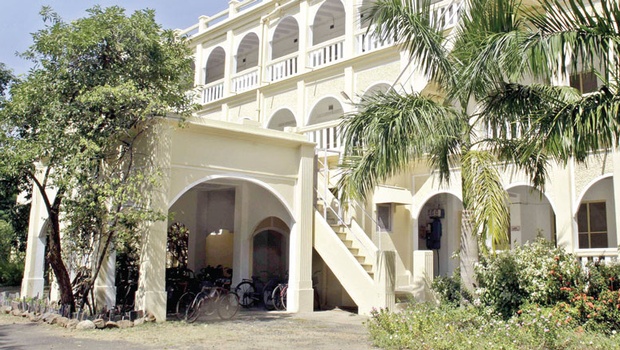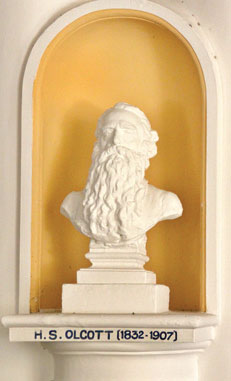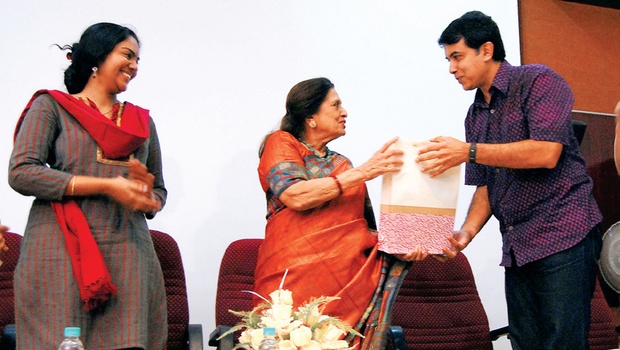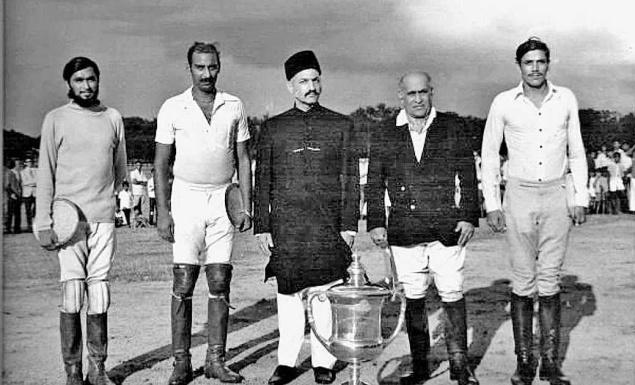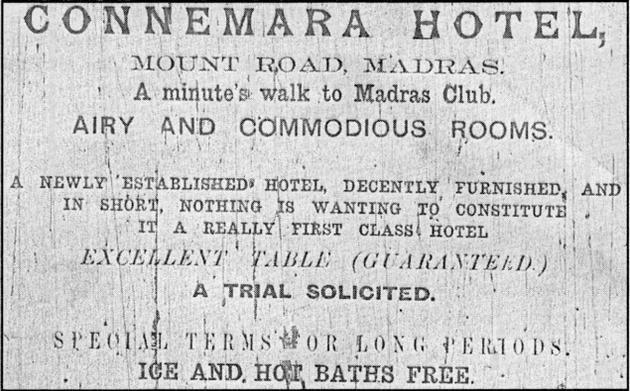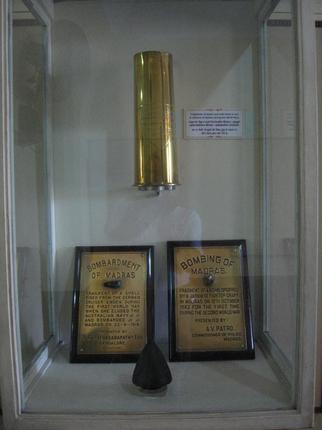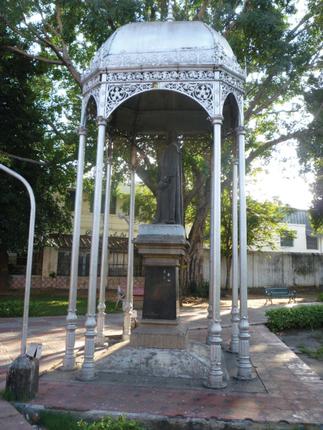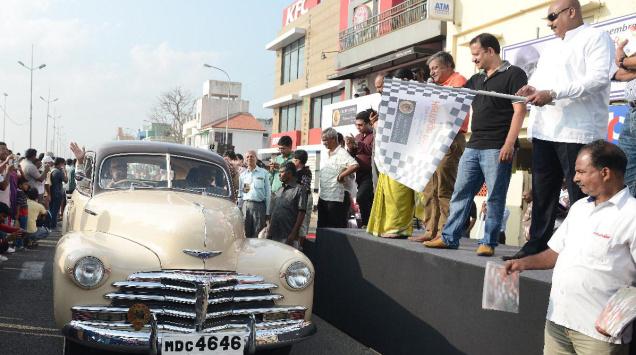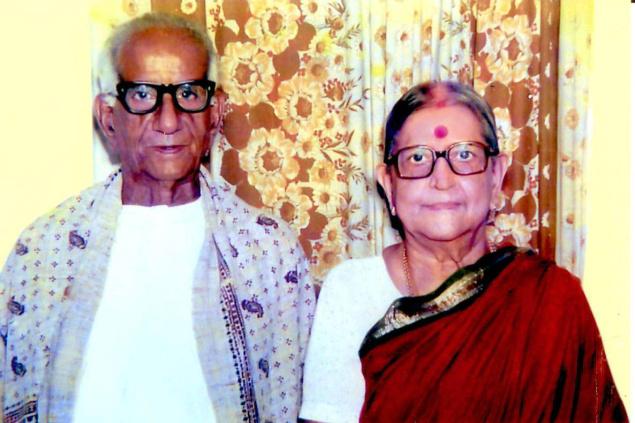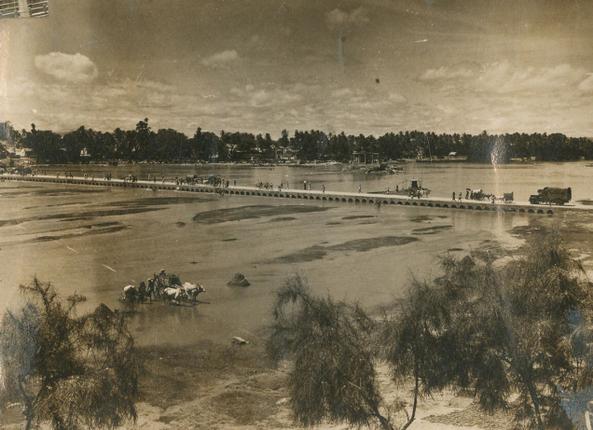
Curious explorers, a two-member dance company that visited beautiful Madurai and a page out of the archives…. Dr. Swarnamalya Ganesh shares her findings.
India was a place of great curiosity and interest to many westerners in the early parts of the 20th century. Notwithstanding the threats about epidemic diseases and unhygienic surroundings, many from America and Europe dared the adventure and lived to write their own memoirs.
Ted Shawn and Ruth St Denis, who formed a company and was a couple in real life, known as Denishawn, were American dancers. Today considered the founding parents of American modern dance, they travelled to India as part of their grand tour of the Orient between 1925 and 1926 CE. Their interest in the East and particularly in India owed it to St. Denis’s obsession with the Nautch and the dancer. Initially Ruth’s disciple, Ted Shawn became her dancing partner and husband. Shawn was also drawn to Indian dances. He was especially interested in the Nataraja Tatva and the dance of Lord Siva.
In May 1926, towards the fag end of their Indian tour, the company travelled to Madras, to perform. They had visited many North Indian cities like Lucknow, Benaras, Calcutta and Hyderabad in the South, before coming to Madras. Wherever the company travelled they dressed themselves in native costumes and posed for pictures, shopped for Indian artefacts and tried to see the local dances. Shawn and Ruth’s particular interest in Nautch had them always searching for performances, perhaps to absorb more from the ‘authentic’ into Ruth’s already staged Radha and Nautch repertoire. But in the 1920s it was rather difficult for foreigners to go into the interior dwellings of dancers and watch their performances, unless invited. In his account, Shawn laments that they could only see some street performers. He of course, calls these as nautch too but remarks that they are “quite not up-to-the-mark.”
However, when they come to Madras they are greeted by, one Mr. Krishnaswamy Rao who, as the last leg of their Indian trip before taking the ship to Colombo, arranges a visit to Madura (Majura or Madurai). Upon the recommendation and arrangement made by Dr. A.K. Coomaraswamy (whose writings and guidance Ted took to create his Indian dances like the Cosmic Dance of Siva), Ted Shawn, Ruth St. Denis along with their company dancers which had Doris Humphery and her likes in it, readied themselves to watch the dance of a devadasi named Kamalambal in Madurai.
Here is his observation:
“Kamalambal, a temple deva-dassi, danced for us for several hours. She was technically very fine and attractive in a plump way, and an extremely wonderful pantomimist. She was quite the finest we had seen in all of India,” Shawn exclaims. He also admires the beauty of Madurai and compares it to Benaras calling the city a “dream or something read in a book.”
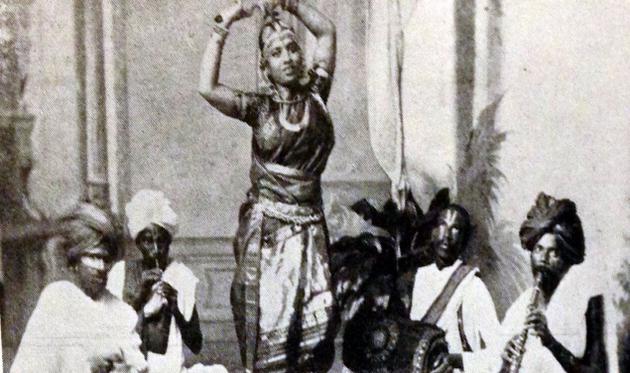
The beauty of Madurai with its teeming South Indians seems to have really captured the dancers. Records Shawn, “The men with their heads shaven half way back and a bush of hair on the rear half, wearing the scantiest bit of goods in the way of a G-string that I ever saw, as their only garment, the women heavily swathed in thick, but richly coloured cotton saris, made the city itself exciting.”
During my recent research of the Denishawn archives, parts of important ethnographic details such as these pictures emerged. One of the missions of the company during the travels to the Orient was to take pictures and video footage (film reels) of Indian lives, music and art. Their visits to the bazaars of Calcutta, Palaces in Lucknow, tea party gardens where Ruth is dressed as a Nautch dancer and is posing are all archived. Photograph and video filming were done by Ruth St. Denis’s brother who was called “Brother St. Denis” or simply “brother.” His actual name was Rene St Denis and he was their travel manager as well for this tour.
The photo here is a picture taken a few days after May 10, 1926, which is when the company gave their last performance in India at Madras. Then they travelled to Madurai to watch Kamalambal (picture). She is seen here with her team (Sadir melam) comprising a nattuvan, a pilangrovi player, a muttukaran and another player with what seems like a clarionet. This photograph has been doing the rounds for years now as part of Sadir archives, but it is only now that we get to know the name of the dancer, date and the place it was photographed in and the photographer’s name.
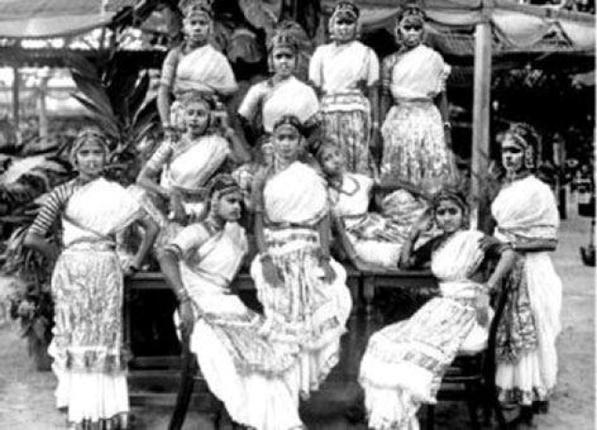
The other photo with many girls clad in dance costume and posing, sitting and standing in front of a large tent, which is an often seen image of 20th century Sadir dancers, seems also a photo courtesy of Brother St. Denis taken. during this trip.
We thus put a name to the face in the picture and a name to the man behind the lens too. That’s the story of how Brother brings us our own Madura Kamalambal after an incredible eighty years.
(The author is a dancer, choreographer and dance historian. She is the Director of Ranga Mandira School of Performing Arts and Research Academy. As a recipient of the Fulbright fellowship, she is currently researching and teaching at University of California, Los Angeles, in the World Arts Cultures department.)
source: http://www.thehindu.com / The Hindu / Home> Features> Friday Review> History & Culture / by Dr. Swarnamalya Ganesh / February 26th, 2015
